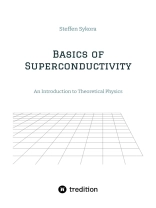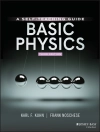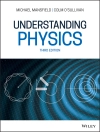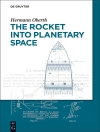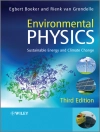At very low temperatures, a metal passes into the superconducting state. This state is extremely fascinating, as the electrical resistance completely disappears. This property makes superconductivity very interesting for technology, since it is possible to transport electrical current without loss under certain conditions. This textbook provides an introduction to the basics of superconductivity, with a great focus on the underlying theoretical physics. It is intended to provide a basic understanding of the phenomena that occur in connection with superconductivity and its most important applications. The content ranges from an overview of the most important experimental findings of superconductors to a detailed description of the London theory and the Ginzburg-Landau theory. Prominent effects such as the Meissner effect, critical magnetic fields, the formation of vortices and many other phenomena are explained in great detail and described mathematically.
Sobre el autor
Wissenschaftlicher Autor
1997 – 2002 Studium der Physik an der TU Dresden
2006 Promotion in Theoretischer Festkörperphysik
2009 – 2010 Forschungsaufenthalt an der Rutgers University (New Jersey)
2015 Habilitation mit Lehrbefähigung in Theoretischer Physik
Ca. 30 wissenschaftliche Publikationen
